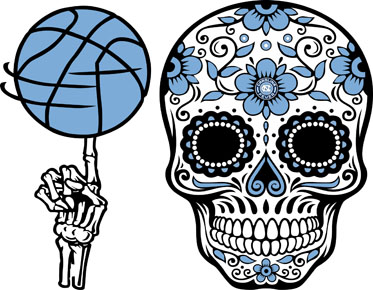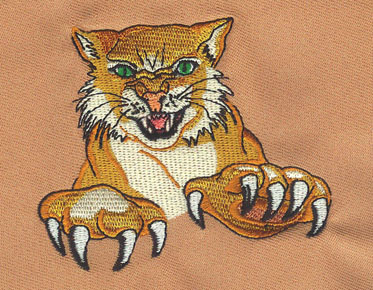How to Utilize Vector Art for Stunning Packaging Designs
In the world of graphic design, vector art has
become a powerful tool for creating captivating and professional packaging
designs. With its scalability, versatility, and precision, vector art offers a
wide range of possibilities for designers to bring their creative visions to
life. In this article, Eagle Digitizing
will explore the process of using vector art to craft impressive packaging
designs, highlighting the importance of vector art conversion services and the
benefits they provide.
Understanding Vector Art:
Vector art is created using mathematical
equations that define lines, shapes, colors, and gradients. Unlike raster
images, which are made up of pixels and can lose quality when enlarged, vector
art maintains its crispness and clarity at any size. This makes it ideal for
packaging design, where high-resolution graphics are essential.
Harnessing the Power of Vector Art Conversion Services:
Vector art conversion services play a vital
role in the packaging design process. These services convert raster images,
such as photographs or hand-drawn sketches, into editable vector formats. By
utilizing professional vector art conversion services, designers can unlock the full potential of their
source materials, ensuring sharp and scalable graphics for packaging designs.
Steps to Utilize Vector Art for Stunning Packaging Design
1. Choosing the Right Vector Art Software:
To work with vector art effectively, designers
need access to specialized vector art software. Adobe Illustrator,
CorelDRAW, and Inkscape are popular choices for creating vector-based designs.
These tools offer a wide range of features and functionalities, allowing
designers to manipulate shapes, colors, and typography with precision.
2. Starting with Conceptualization:
A successful packaging design begins with a
well-defined concept. Consider the brand identity, target audience, and product
characteristics. Sketch out initial ideas on paper or digitally, envisioning
how vector art can be used to convey the desired message and evoke the right
emotions.
3. Designing with Vector Art:
Once the concept is established, it's time to
bring it to life using vector art. Begin by creating the structural design of
the packaging, incorporating die lines, folds, and cut lines. Then, focus on
the aesthetic elements, such as typography, illustrations, and branding
elements, using vector art to ensure sharpness and scalability.
4. Emphasizing Brand Consistency:
Vector art allows designers to maintain brand
consistency throughout the packaging design. By using vector-based logos,
icons, and typography, designers can ensure that all visual elements align with
the brand's identity and values. Consistency across packaging designs builds
brand recognition and strengthens consumer trust.
5. Iteration and Refinement:
Design is an iterative process, and packaging
design is no exception. Take advantage of the flexibility of vector art to
experiment, refine, and iterate on various design elements. Vector-based
designs can be easily modified and adjusted, allowing designers to fine-tune
every detail until the desired outcome is achieved.
6. Preparing for Production:
Before finalizing the packaging design, ensure
that it meets the production requirements. Collaborate with print and packaging
professionals to ensure that the vector art is compatible with the chosen
printing techniques, color profiles, and materials. This collaboration will
help ensure that the design translates seamlessly from digital to physical
form.
Vector art has revolutionized the world of
packaging design, enabling designers to create visually stunning and scalable
designs. By harnessing the power of vector art services and utilizing vector-based software, designers can transform
concepts into captivating packaging designs that enhance brand recognition and
captivate consumers. Embrace the versatility of vector art and explore the
endless possibilities it offers to elevate your packaging designs to new
heights.



